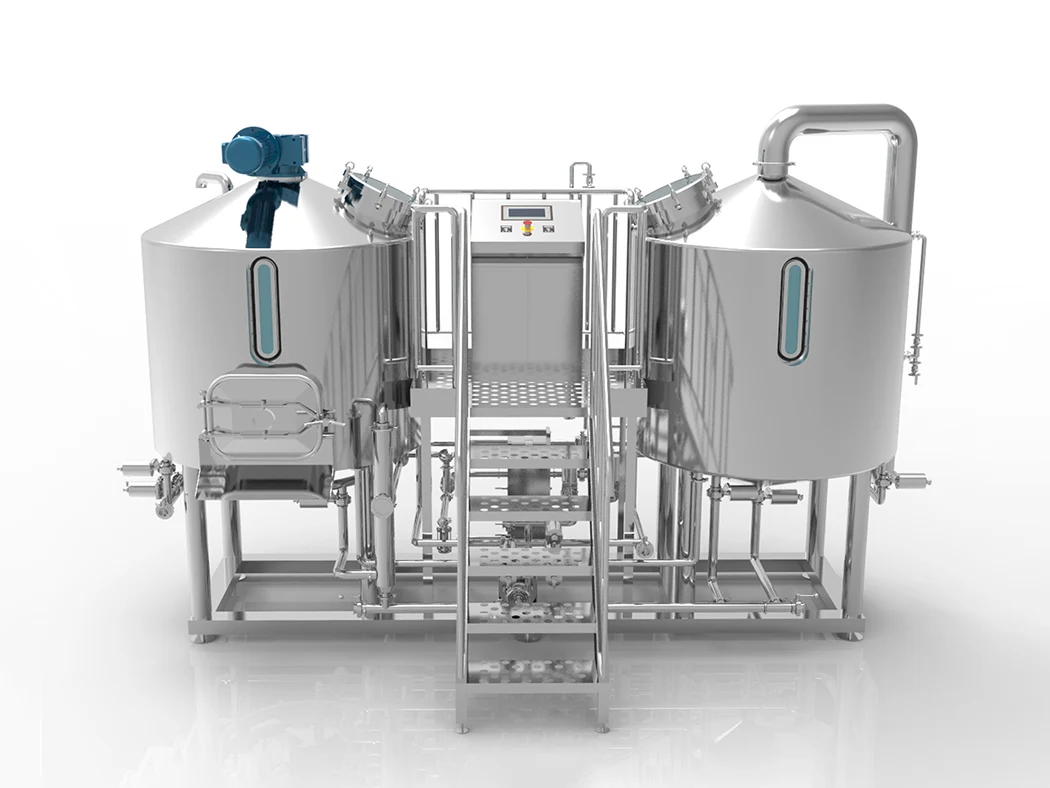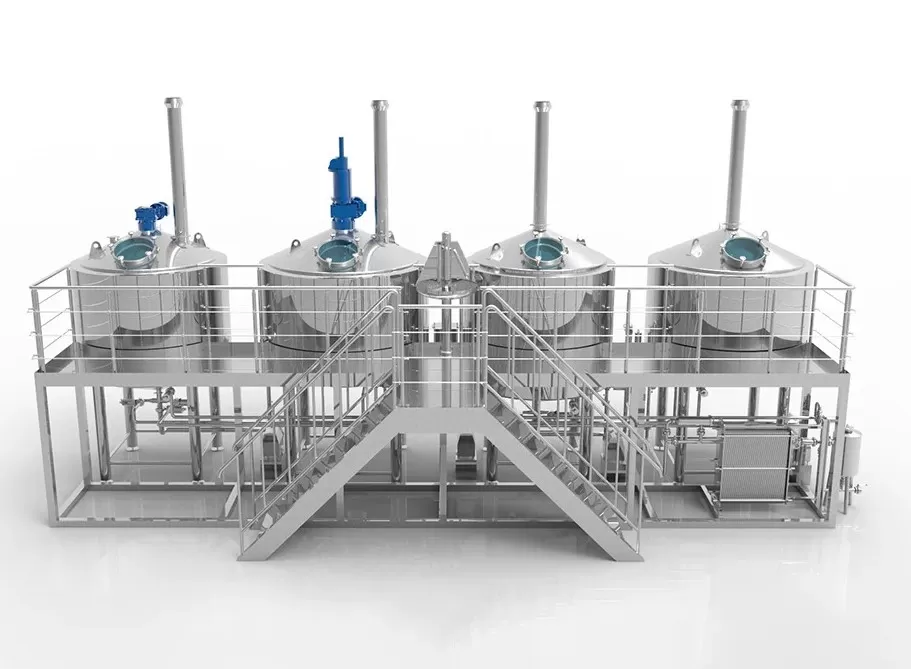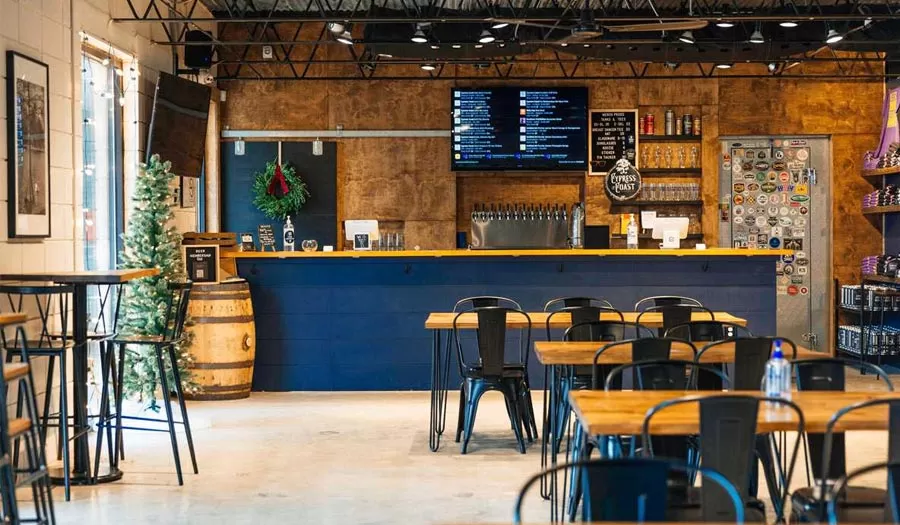Your first batches taste off. You tweak recipes, but the problem remains. Heat swings, stuck mash, and weak contrôle de la température cause it. The fix is simple: choose the right système de brassage and setup once, then enjoy smooth, repeatable runs that make your brassage shine.
A système de brassage is the integrated set of vessels and controls used for making beer—from purée à fermentation. The right system matches your space, power, batch taille, and goals (from brassage domestique à commercial sales). It includes heating, a controller, a pompe, sanitary piping, and a path to a fermenteur ou unitank for clean, controlled results.
Outline
- What does a brew system include and how does it work?
- All-grain vs BIAB—Which fits your home brewery ou nano startup?
- Electric brewing system (120V) vs gas burner—heating and efficiency
- Mash tun, bouilloireet fermenteur—choosing the right navire
- From 1 bbl pilot to commercial—right-sizing your brassage configuration
- Turnkey brewing system and upgrades—weldless port, accessoryet kit choices
- Shopping guide—build your Chariot avec stainless gear that will elevate your results
We build engineered systems daily for craft producers—startup kombucha founders, brewpubs, and winery/cidery teams—so this guide blends hands-on shop experience with field lessons shared by brewers we support around the world.
1) What does a brew system include and how does it work?
A modern brassage setup links several steps into one smooth processus de brassage. You heat strike water, purée in, recirculate with a pompe for clarity, lauter, boil with hops, chill, and transfer to a sanitary fermenteur. Good plumbing and a steady controller keep your numbers tight and your wort clean. That’s how you make your brew day predictable.
If you want a compact path from idea to glass, review these commercial brewing system options designed for professional installs and service support—great for growth-minded teams that need turnkey help: commercial brewing system options.
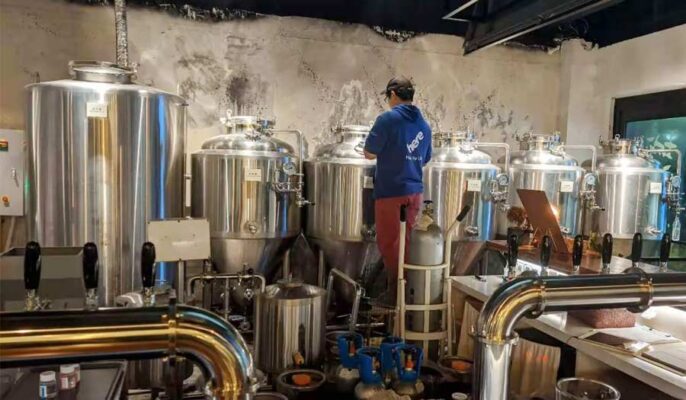
2) All-grain vs BIAB—Which fits your home brewery or nano startup?
All-grain builds skill and cohérence with full control over céréales selection and purée schedule. With a false bottom tun, sparge arm, and clear lautering, you can hit targets repeatably and scale later. If you’re brewing la bière à la maison for the first time, BIAB (brew-in-a-bag) lowers the learning curve—one navire, one pump loop, less cleanup.
Think about batch volumes and room power. A 10.5 gallon system suits recipe trials and friends-and-family launches; a 6.5 gallon rig is ideal for tight spaces and fast brassage cycles. To trial recipes before you scale, consider a nano platform that mirrors pro flow paths: nano brewery system for small-batch pilots.
3) Electric brewing system (120V) vs gas burner—heating and efficiency
Un electric brewing system on 120v offers indoor safety, plug-in ease, and repeatable ramps. It’s quieter, simpler to vent, and often more efficace in small spaces. Gas with a burner gives fast ramp rates on larger kettles, great outdoors or in well-vented brewhouses. Either path works—match power to your lot size and tank geometry.
Here’s a quick comparison:
| Heating Option | Utilisation typique | Ramp Control | Venting | Notes |
| 120V Electric | Apartments, test benches | Precise with PID controller | Minime | Best for 5–10 gal trials |
| 240V Electric | Sheds, garages, pilot spaces | Very tight | Modéré | Scales to bigger rigs |
| Gas Burner | Larger kettles, outdoors | Manual/modular | Strong | Higher BTUs per dollar |
Want to plug-and-play rigs with sensors and panels sized for small runs? See micro brewery equipment and layouts that keep form and function balanced: micro brewery equipment and layouts.
4) Mash tun, kettle, and fermenter—choosing the right vessel
Les bouilloire drives boil vigor and hop utilization; the purée tun drives conversion and runoff. Pair them with a sanitary fermenteur conique ou unitank for clean fermentation and pressure-capable conditioning. A single, jacketed navire can speed crash-cooling and shorten time-to-tap.
If you’re mapping cellar flow, start with scalable tanks and valves designed for cohérence: fermentation tanks and unitanks. Moving beyond bière, you can apply the same hygienic tank discipline to wine and cider with dedicated racking arms and manways: winery and cider fermenters.
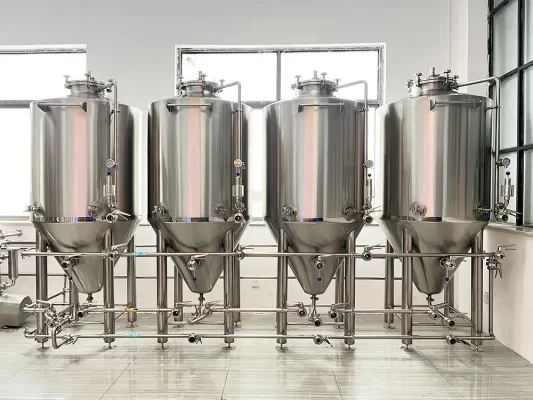
5) From 1 bbl pilot to commercial—right-sizing your brew setup
Start with a pilot rig to test recipes: a 1 bbl skid teaches staff process rhythm, CIP habits, and turn times. When you expand, consider a range of brewhouses with high-powered heating, heavy duty frames, and piping sized to avoid cavitation. There’s a brewing system available for every stage—from benchtop trials to canning days.
Sizing tip: map peak days and predict “beer at a time” throughput. A clé en main install shortens commissioning and helps you hit revenue sooner. For an end-to-end pathway, see nano and micro solutions that mirror production logic on a smaller footprint: microbrewery system you can scale.
6) Turnkey brewing system and upgrades—weldless port, accessory, and kit choices
A turnkey brewing system saves calendar time. You get matched pumps, valves, gaskets, and a utilities map that installers can follow. Need to upgrade later? Add a whirlpool arm, a sight glass, or a sample port. Some setups start weldless for flexibility; as volumes grow, tri-clamp hardlines reduce leak points.
Choose the right accessory et kit bundle to speed day-one operation—CIP spray balls, hoses, clamps, and a basic spares pack. When you’re ready to package, look at bouteille, can, and keg lines sized to your output: bottle, can, and keg filling equipment. For non-beer brands under the same roof, a shared utility block can also feed a équipement de distillerie loop for spirits: distillery equipment for spirits.
7) Shopping guide—build your cart with stainless gear that will elevate your results
When shopping, pick acier inoxydable tanks with smooth welds; look for sanitary ferrules and tight valves. In controls, choose panels that let you advance from manual to automated steps. “Innovante” is nice, but field-proven—and sometimes award-winning—gear that’s easy to clean is what actually boosts uptime and cohérence.
Build your Chariot around core steps: a hygienic mash-in, stable chauffage, fast chilling, and clean transfers. Add a bright tank and pack-off later; or start with kombucha and branch into bière artisanale over time with the same CIP cart. For crossover beverages and steady growth, see kombucha brewing equipment for beverage entrepreneurs.
Case mini-study: the “one street, one taproom” rollout
“We launched with a 1 bbl pilot and sold out every weekend. The cellar got a conique upgrade first; then a canning line. The biggest lift was training—once the team trusted the système, every brassage hit the mark.” — Operations Lead, urban taproom
Result: better ferment temps, shorter transfer times, and more consistent keg fills—thanks to sanitary valves, a smart controller, and a documented SOP.
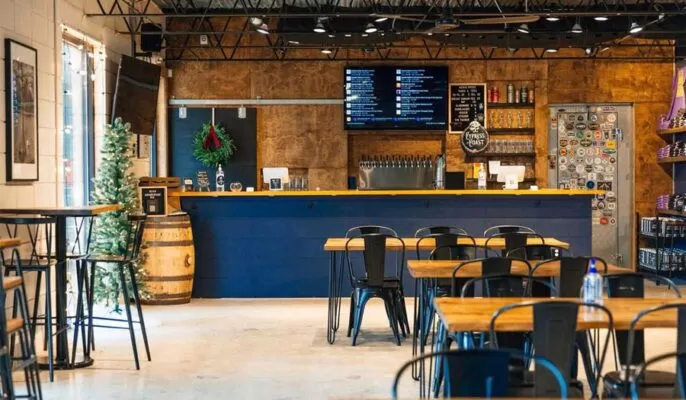
Quick selector table: pick a platform that matches your plan
| Scenario | Best Fit | Why it works |
| Recipe R&D at home | Compact tout-en-un with pump loop | Small footprint, fast cleanup |
| Brewpub opening | 3–5 bbl semi-auto skid | Throughput with staffing flexibility |
| City micro + distro | 10–20 bbl with cellar expansion | Scales packaging and wholesale |
| Mixed beverages | Shared CIP, tanks for fermentation + conditioning | One utility block, multiple beverage paths |
Need tanks and pipes that do double duty for cider or wine? See winery and cider fermenters.
FAQ
How is brewing beer different on a small system vs a production line?
Small rigs teach timing and sanitation; production adds throughput and QA records. The steps are the same—brewing beer—but you’ll add SOPs, checklists, and packaging QC on larger installs.
What’s the simplest path to start making beer if I’m new?
Begin with équipement de brassage à domicile that is an all-in-one brewing system. It trims fittings, cleanup, and decisions so you can focus on flavor. Later, you can tailor fittings and add a cellar.
Do I need a conical or can I start flat-bottom?
Flat-bottom works, but a conique and racking arm speed harvests, dumps, and transfers. When ready, swap in a jacketed fermenteur conique and gain tighter contrôle de la température.
Can I switch from beer to kombucha or spirits later?
Yes. Many utilities (CIP, water heat, cold loop) serve multiple beverages. Add dedicated hoses and gaskets for each line. Explore crossover lines here: équipement de brassage de kombucha et équipement de distillerie.
What should I look for in a professional-grade product?
Clean welds, sanitary seals, thoughtful engineering, and easy CIP. If it feels like a professional-grade product, it probably is. Ask for drawings, utilities lists, and startup support.
How do I package without a big spend?
Start with a manual seam or a small filler; grow later. See filling options that match startup volumes: bottle, can, and keg filling equipment.
From manufacturer to partner: why work with an engineering-led builder?
En tant que Brewing Equipment Manufacturing team, we weld, wire, and test skids under one roof, then commission on site. Our engineering group helps with layouts, drains, and utilities. Whether it’s a clé en main skid or a custom cellar, our goal is simple: give you the ease to brew, learn, and grow—one solid brassage at a time.
Closing checklist—key things to remember
- Match batch tailleand power (gas vs brassage électrique) before you shop.
- Start small if needed; scale tanks and lines only when demand proves it.
- Pick sanitary, stainlesshardware with the right valves, ports, and fittings.
- Plan cellar flow now: transfers, CIP, and packaging are where minutes are lost.
- Document every brassage—repeatability is where profit lives.
- Use pro-grade options (Anvil, Spike, Blichmann Engineering) as stepping stones.
- Keep safety, ventilation, and utilities front-of-mind as you grow.
- When in doubt, start with a pilot—then add capacity in clean, modular steps.

